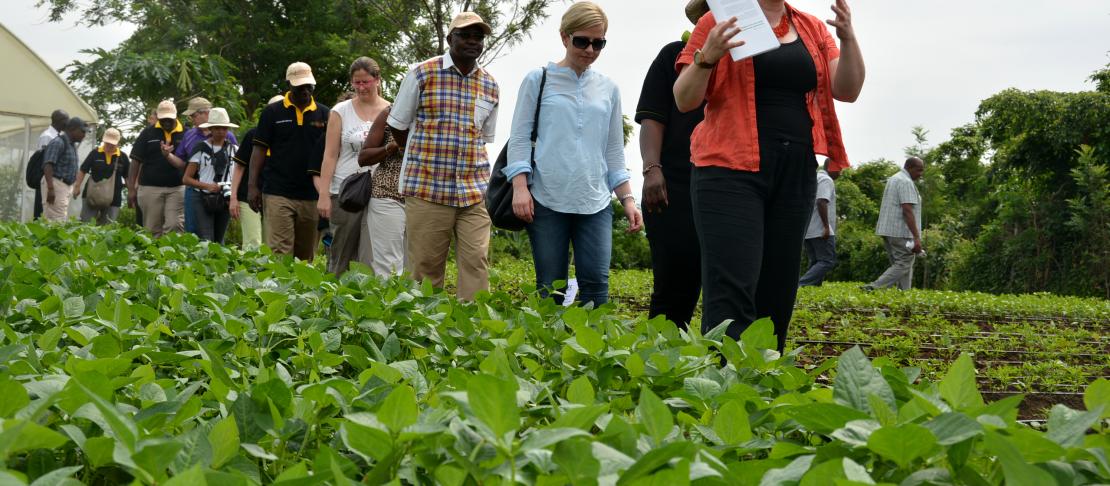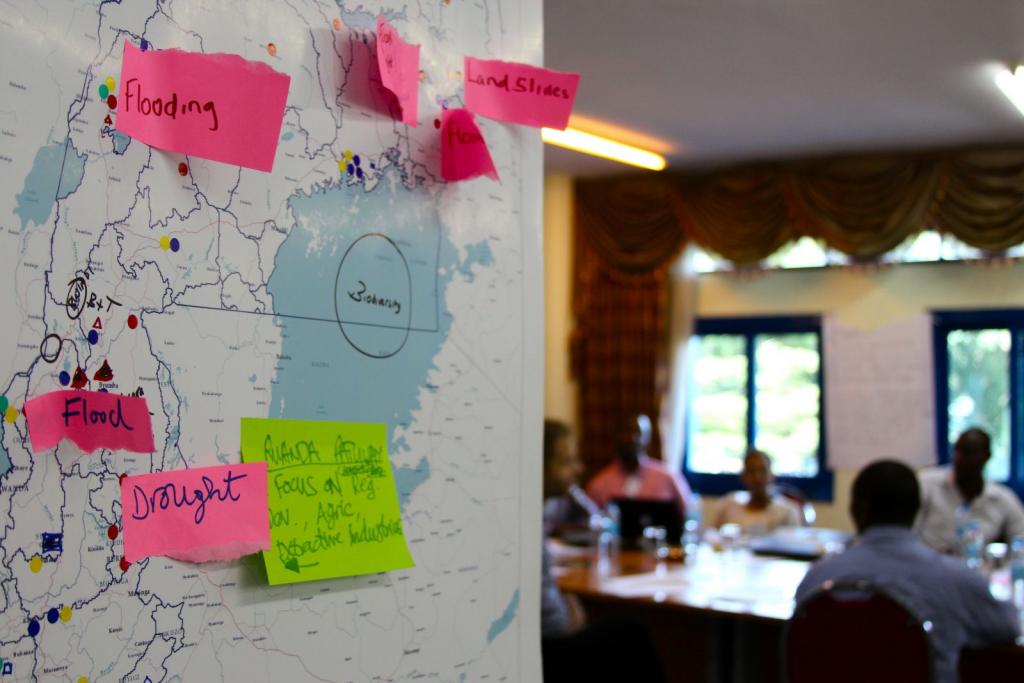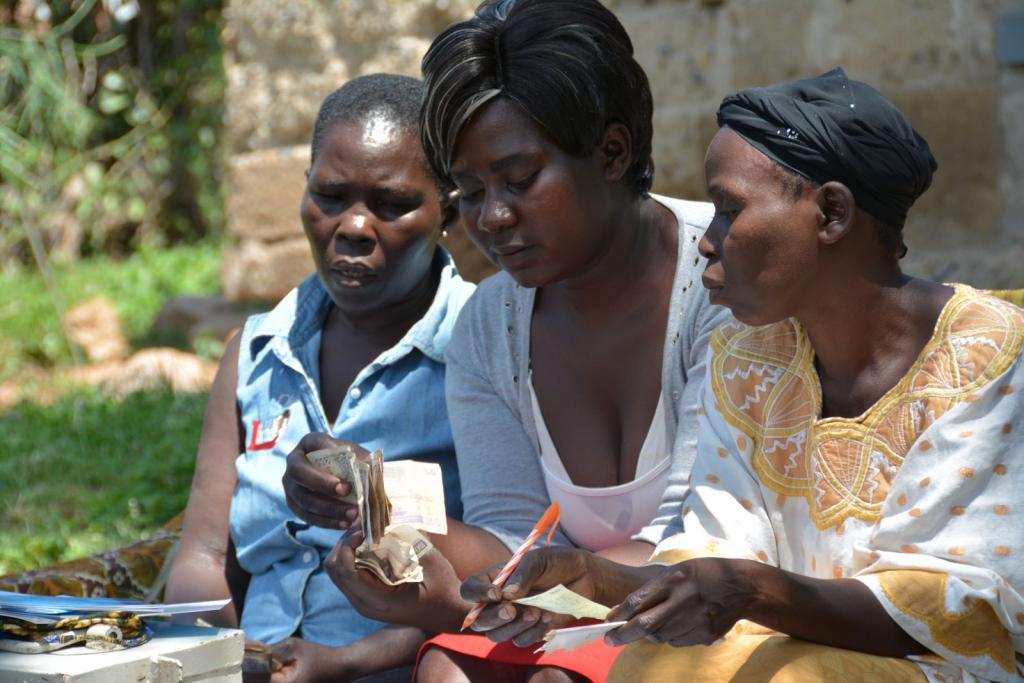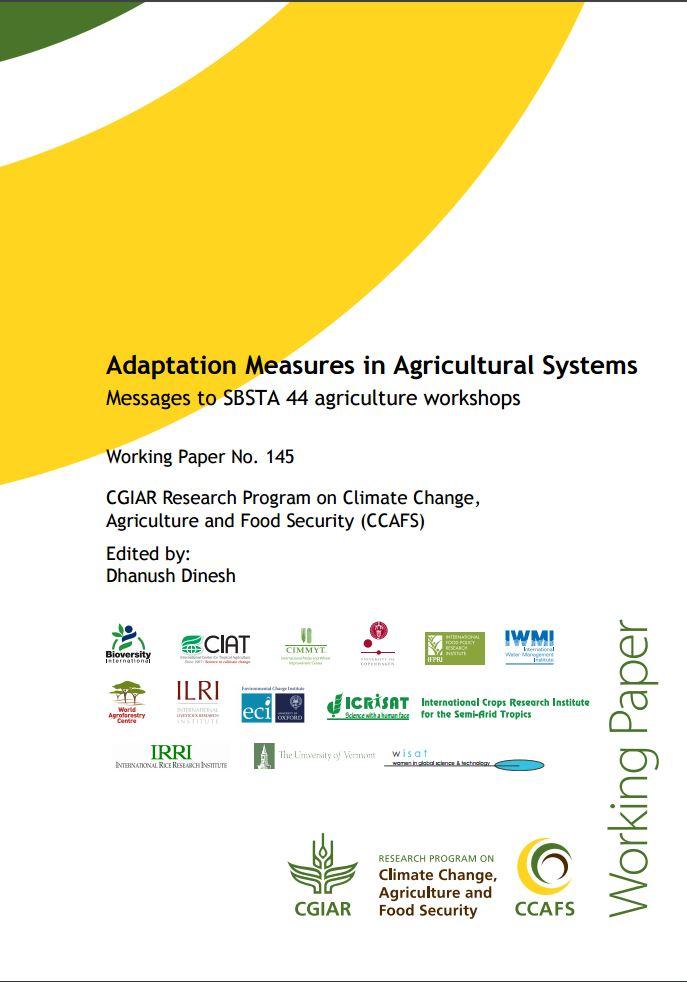New resource on adaptation measures in agricultural systems for climate negotiators

New working paper synthesizes CGIAR knowledge on adaptation measures and aims to provide a knowledge base for parties and observers preparing submissions for SBSTA 44.
For farmers to improve their food security and livelihoods in the face of climate change, significant breakthroughs in climate adaptation are necessary. Improvements will of course be driven by actions on the farm, but decision-makers must create the right conditions to inspire the behavioural change necessary to increase the resilience of food systems.
For this type of enabling policy environment to be successful, it must be underpinned by robust scientific knowledge and evidence of what works, to ensure the choice of appropriate adaptation interventions where the benefits outweigh the costs. Similarly, agricultural development must not become locked into adaptation pathways heading towards blurry or incorrect visions of the future climate.
Bridging the science-policy gap through SBSTA
Within the United Nations Framework Convention for Climate Change (UNFCCC), the Subsidiary Body for Scientific and Technical Advice (SBSTA) plays a key role for turning climate change and agricultural research into action, bridging the gap between scientists and decision-makers within the UNFCCC process. This year, SBSTA has put focus on agriculture, urging contributors to help identify the best climate adaptation measures at various scales.
In preparation for the upcoming SBSTA 44 agriculture workshops in May 2016, CCAFS brought together a range of CGIAR and partner experts to draft a working paper to help answer this call. The aim was to provide a robust knowledge base to serve as a resource for parties and observers who are preparing submissions to SBSTA, as well as participating in the workshops themselves.
Bringing together CGIAR research to boost adaptation
Titled 'Adaptation Measures in Agricultural Systems', the working paper synthesizes the most up-to-date knowledge on actions and institutions that bolster smallholder farmers’ climate resilience, drawing upon research from agricultural systems across CGIAR’s diverse portfolio. A complementary info note highlights the paper’s key messages.
In this case, adaptation measures are identified as taking place above the level of farmers’ practices on the field. Namely, the working paper examines public and private sector activities within six areas: (1) governance, policy frameworks and readiness; (2) national planning; (3) local planning; (4) finance, economic incentives and value chain interventions; (5) research, extension, capacity building and knowledge systems; and (6) foresight, models and scenarios.
The working paper aims to provide readers with a practical understanding of how adaptation measures have been applied, exemplified with several case studies for each of the six categories of adaptation measures. These success stories include how India’s new agroforestry policy improves farmer incomes while increasing tree coverage, the use of Nationally Appropriate Mitigation Actions (NAMAs) plans to scale up climate-smart dairy practices in Kenya, and how using future climate and socioeconomic scenarios can guide investment and policy-making, in the face of climate uncertainty.
Learning from experience
In addition to highlighting entry points for adaptation action, several important lessons were drawn from the case studies. Most importantly, there is a need to ensure that an appropriate configuration of adaptation interventions is utilized. The costs and benefits of adaptation measures rarely apply universally, meaning that care must be taken to match them to context-specific needs. As Sonja Vermeulen, CCAFS Head of Research, remarks:
There are no silver bullets for adaptation that can be directly applied in all contexts — adaptation measures must be appropriately linked to suit the local context, due to the high level of diversity across agricultural systems.
Engaging farmers and other key stakeholders within the decision-making process is vital to choosing the right tools and approaches for adaptation. For example, when using future scenarios to guide planning, it can be helpful to draw upon diverse sources, including local knowledge, to provide more rigorous predictions of future development pathways. Connecting people who are most exposed to the risks of climate change with those who are most capable of taking action is a recipe for success, while making the decision-making process more inclusive.

Workshop participants develop future scenarios of development, food security and the environment under climate change in Uganda. Photo: E. van de Grift
Co-benefits for women and the environment
Adaptation measures often provide opportunities for reaping additional desirable co-benefits. Under the right conditions, these benefits can be achieved for little cost, if any. For example, many adaptation measures inherently provide environmental and mitigation co-benefits; agroforestry practices launched by Kenya’s dairy NAMA enhance soil quality and tree coverage, while reducing emissions through efficiency gains per unit produced. Furthermore, by specifically training women to use climate information services and other innovations, food system resilience can be increased while simultaneously reducing gender-specific vulnerabilities. Sophia Huyer, CCAFS Gender and Social Inclusion Research Leader, stresses the importance of harnessing the potential of women as agents of change while designing adaptation measures.
Men and women farmers have differential vulnerabilities to climate change. Their needs and priorities may differ as well. For adaptation measures to be successful, they must match the different resources and needs of men and women farmers. These measures should also go-beyond recognizing women as a vulnerable population, and recognize that rural women can be important agents of change and innovators.

Women farmers in the CCAFS Climate-Smart Village in Nyando, Kenya are empowered through training in climate-smart innovations and entrepreneurship. Photo: V. Atakos (CCAFS)
Related reading
In addition to 'Adaptation Measures in Agriculture Systems', a complementary working paper has been published focusing on agricultural practices and technologies that boost food security, resilience and increase productivity. These practices can be applied at the field, farm, and landscape levels. Combined, these two working papers provide a holistic perspective, on the field and beyond, which will help guide upcoming SBSTA sessions and COP negotiations.
Download the papers
- Working paper: Adaptation Measures in Agricultural Systems: Messages to the SBSTA 44 Agriculture Workshops
- Info note: Measures for climate change adaptation in agriculture
- Working paper: Agricultural practices and technologies to enhance food security, resilience and productivity in a sustainable manner: Messages to the SBSTA 44 agriculture workshops
- Info note: Climate change adaptation in agriculture: practices and technologies
Read more: Best-bet agricultural practices synthesized ahead of COP22
Snorre Frid-Nielsen is a student assistant at the CCAFS Coordinating Unit, contributing to policy engagement and research.


